We have previously introduced you to some of the world’s scariest and most beautiful insects. We’re back with another captivating piece centered on insects. In this article, we’re highlighting some of the biggest, longest and heaviest insects in the world. While the largest insects flourished in the prehistoric era, even in the contemporary world some bugs are large enough to leave you trembling. From the daunting Giant Weta to the well-known Goliath Beetle, we present to you 25 of the largest bugs that will spook you.

Meganisoptera
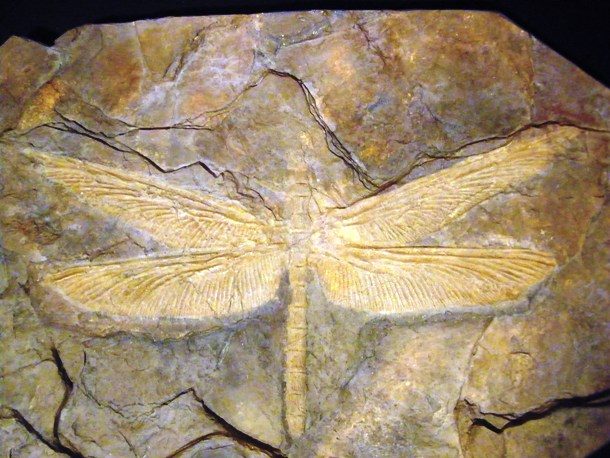 Source: eartharchives.org
Source: eartharchives.org Also known as the Griffinfly, Meganisoptera is the largest dragonfly that has ever lived in the world as well as the largest insect ever. With a wingspan of 75 cm (30 in) across, this gigantic insect ruled the skies from the Late Carboniferous to the Late Permian (some 317 to 247 million years ago), long before pterosaurs, birds, and bats had even evolved.
Giant Weta
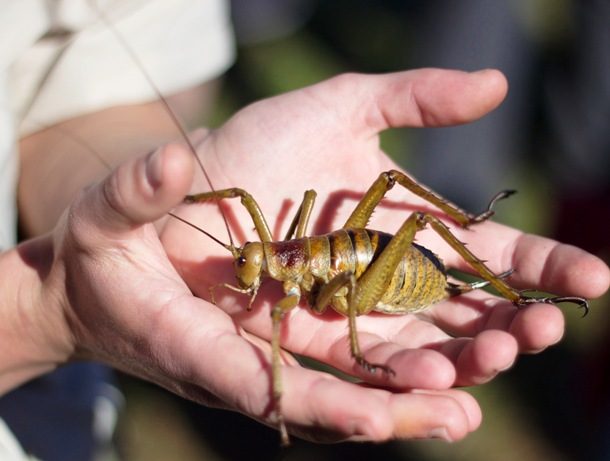 Source: doc.govt.nz
Source: doc.govt.nz Native to New Zealand, the Giant Weta is a very large insect species. Reaching weight of up to 35 g (1.23 oz), the bug usually hides in dead leaves and trees, but it leaves its resting places at night to move around in trees or on the ground. Despite its enormous size, the Giant Weta only lives 6-9 months.
Titan Beetle
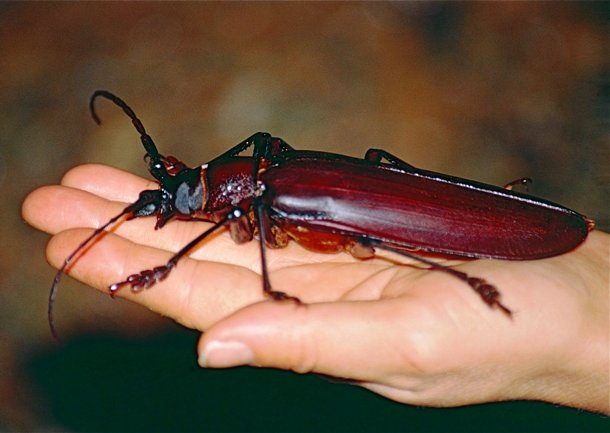 Source: mnn.com
Source: mnn.com Native to tropical rainforests in South America, the Titan Beetle is the largest known beetle in the Amazonas and one of the largest insect species in the world. Measuring up to 16.7 cm (6.6 in) in length, this gargantuan insect has pincers that can easily snap a pencil in half; reportedly, they can rip into human flesh, too.
Australian Walking Stick
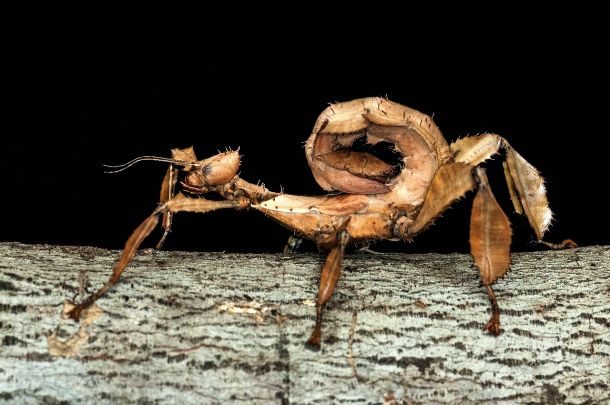 Source: oregonzoo.org
Source: oregonzoo.org Also known as the giant prickly stick insect, the Australian Walking Stick is a huge plant-eating insect native to Australia. Although they look like praying mantises, they are not closely related. Females are larger than males, reaching up to 20 cm (7.9 in) in length.
Atlas Moth
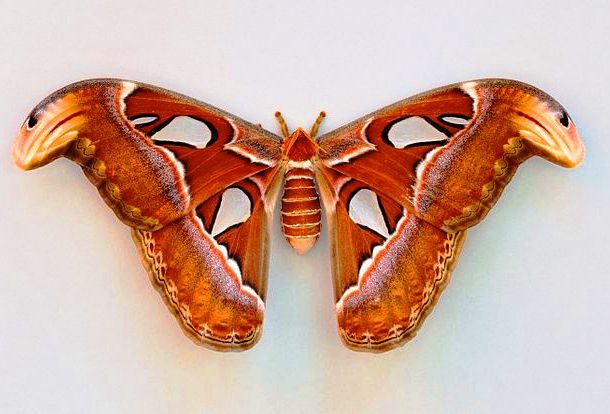 Source: www.keepinginsects.com
Source: www.keepinginsects.com Native to tropical and subtropical forests of Southeast Asia, the Atlas Moth is one of the largest moth species. These beautiful creatures are known for their striking colors; their caterpillars are interesting too. The Atlas Moth has a wingspan of up to 25 cm (9.9 in), but they only live 5 to 7 days.
Giant Burrowing Cockroach
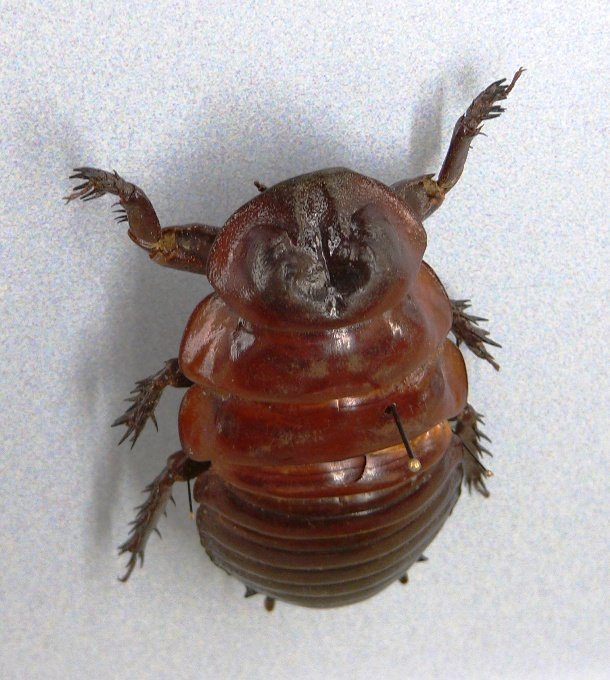 Source: abc.net.au
Source: abc.net.au Mostly found in tropical parts of Queensland, Australia, the Giant Burrowing Cockroach (also known as the rhinoceros cockroach) is the world’s largest and heaviest cockroach. This bug can reach a length of up to 8 cm (3.1 in) and a weight of up to 35 g (1.23 oz). The Giant Burrowing Cockroach is sometimes kept as pet. It can live for up to 10 years.
Elephant Beetle
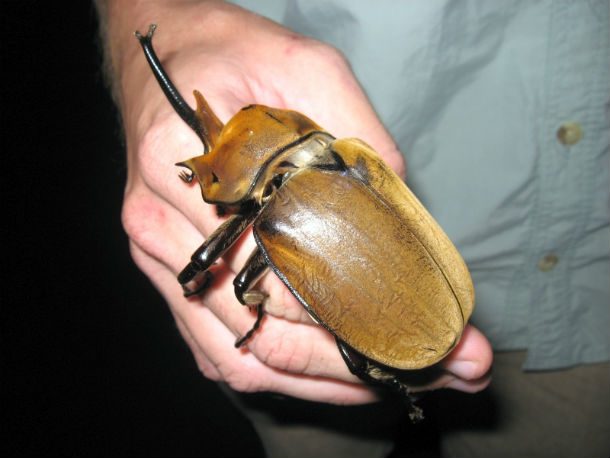 Source: britannica.com
Source: britannica.com Native to the lowland rainforests in Central and South America (particularly in Mexico), the Elephant Beetle is a striking, up to 13 cm (5 in) long species of the rhinoceros beetle. These massive beetles are mainly active during night, and they feed on the sap of trees and fallen tropical fruits.
Chan's Megastick
 Source: dailymail.co.uk
Source: dailymail.co.uk One of the world’s longest insects, Chan’s Megastick is a large stick insect that was recently discovered in a tropical rainforest in Borneo. Stretching to an incredible length of 57 cm (22.4 in), this bug remains largely unknown to scientists as it probably lives in the highest canopies of the rainforest, making it very hard to spot.
Queen Alexandra's Birdwing
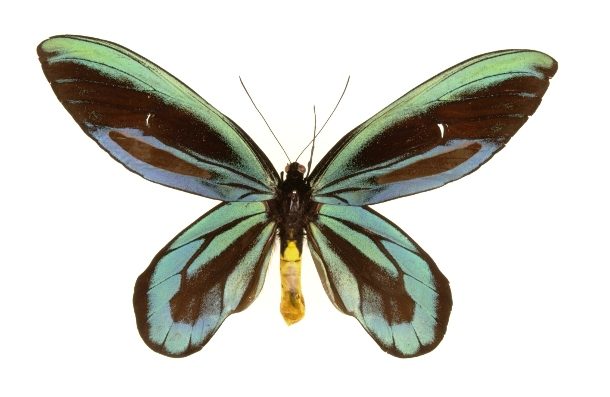 Source: rainforestanimals.net
Source: rainforestanimals.net Found in the rainforests of the Oro Province in Eastern Papua New Guinea, Queen Alexandra’s Birdwing is the largest butterfly in the world. This gigantic creature has a wingspan of up to 30.5 cm (12 in), and it feeds on the liquid nectar of tropical flowers.
Giant Water Bug
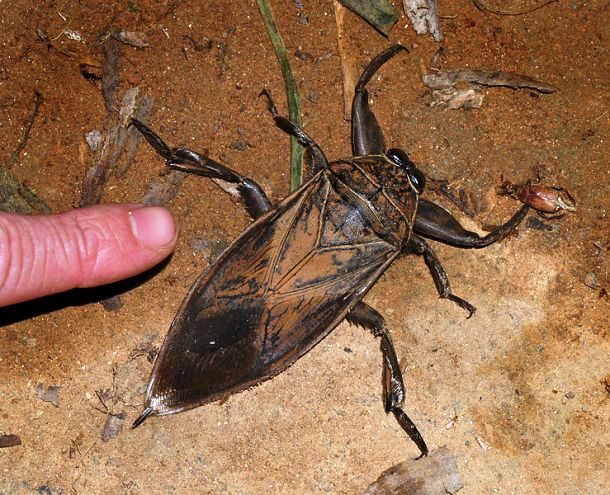 Source: bbc.co.uk
Source: bbc.co.uk Known by several other names such as the toe-biter and the alligator flea, the Giant Water Bug is a large insect that can be found in freshwater ponds, lakes, streams, and rivers in the Americas, Northern Australia, and East Asia. These fierce predators have been known to attack fish and frogs, but they can also kill small snakes and even turtles.
Killer bugs? Wait until you see number 11!
Giant Atlas Beetle
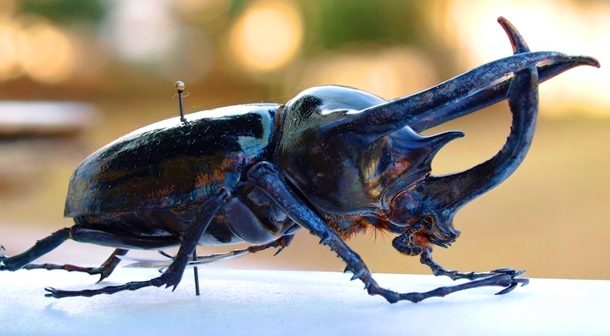 Source: esras.co.uk
Source: esras.co.uk Also known as the Caucasus Beetle, the Giant Atlas Beetle is a species of beetle in the Scarabaeidae family. This particular species is sometimes referred to as the world’s most powerful beetle. The bug is found throughout Southeastern Asia, especially in Malaysia. Males can reach a length of 13 cm (5.1 in).
Saint Helena Earwig
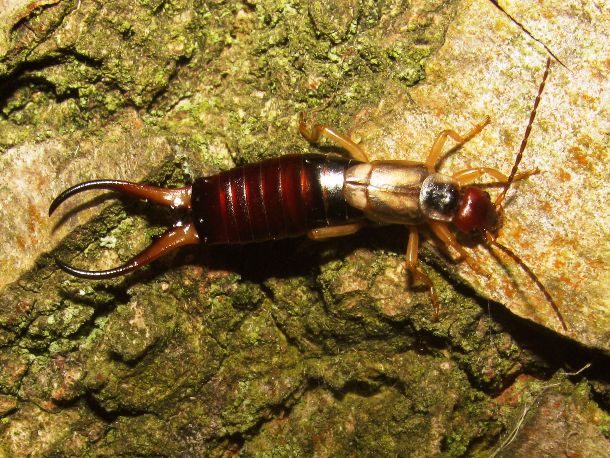 Source: bbc.com
Source: bbc.com Once native to the island of Saint Helena in the South Atlantic Ocean, the Saint Helena Earwig grew to the length of up to 8 cm (3.2 in), making it the world’s largest earwig. The last confirmed live adult of this insect was seen in May 1967. In 2014, this remarkable earwig species was officially declared extinct.
Goliath Beetle
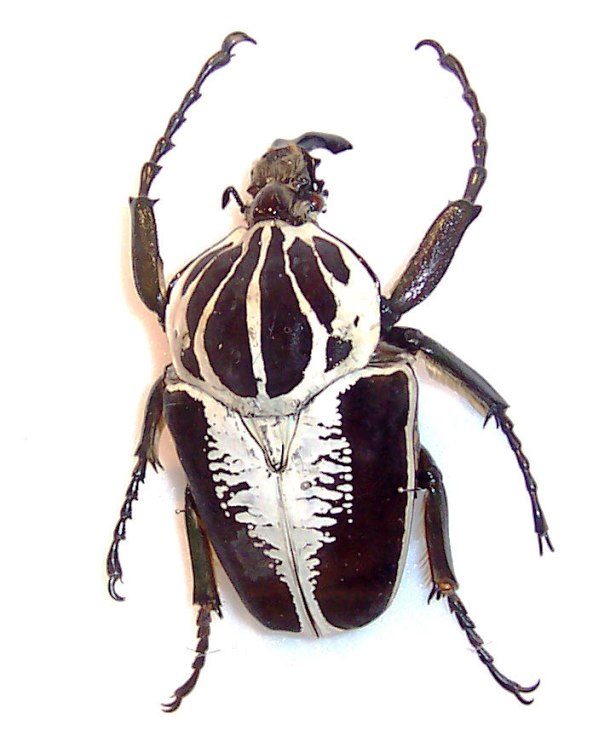 Source: amentsoc.org
Source: amentsoc.org Native to tropical regions of Africa, the Goliath beetles are some of the largest insects in the world both as adults and larvae. It is thought that these bugs are the heaviest of all the insects. Their larvae can weigh as much as 100 g (3.5 oz), and the adults can reach 12 cm (4.7 in) in length.
Long-Horned Beetle
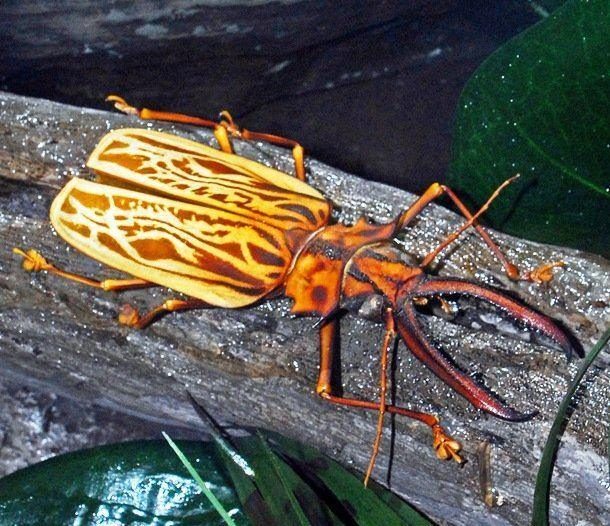 Source: arkive.org
Source: arkive.org Found in tropical rainforests in South America, the Long-Horned Beetle is a gigantic bug species easily recognizable for its beautiful pattern and enlarged jaws. Despite its enormous size (over 17 cm or 6.7 in in length), this species is actually capable of flight.
Tarantula Hawk
 Source: bbc.com
Source: bbc.com The Tarantula Hawk is a large spider wasp that hunts tarantulas. Females of this species paralyze the spider with their sting. Then they drag the spider, which can be up to 8 times their weight, to a burrow where they lay eggs on it. The young wasps then devour the tarantula to develop into adults.
Giant Scoliid Wasp
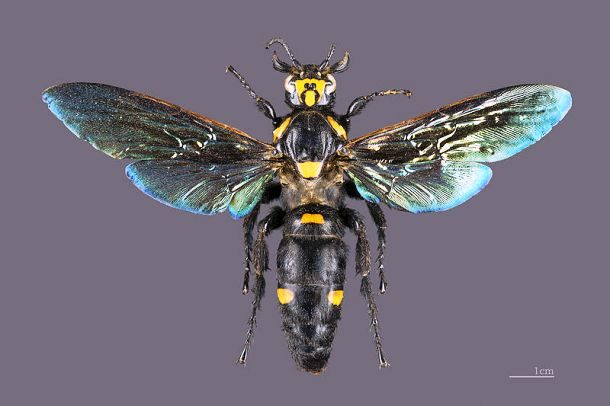 Source: journals.aps.org via Wikipedia
Source: journals.aps.org via Wikipedia Scientifically known as Megascolia Procer, the Giant Scoliid Wasp is a solitary wasp found in the Indonesian islands of Sumatra and Java. One of the largest wasps in the world, it has a wingspan of 11.5 cm (4.53 in). In its larvae stage, this wasp is a killer parasite of the Giant Atlas Beetle (see nr. 15).
Mydas Heros
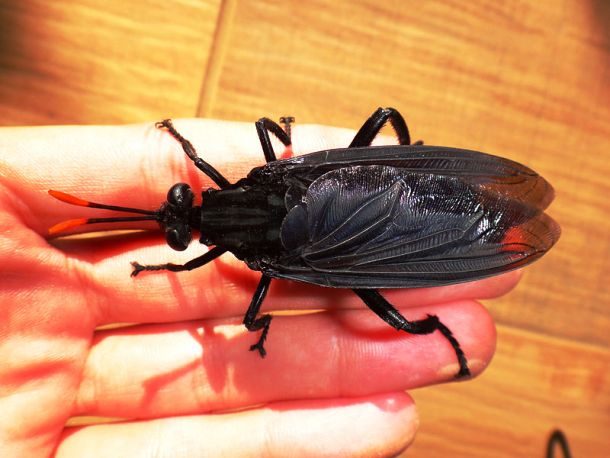 Source: bbc.co.uk
Source: bbc.co.uk Mydas Heros is the largest species of the Mydas Fly, a family of flies. This species has been reported to grow to up to 7 cm (2.8 in) long. Mydas Heros lives in Southern Brazil where they can be found near colonies of leaf cutter ants. Adult flies probably feed on flower nectar, while their larvae eat other insects’ larvae.
Macrotermes Bellicosus
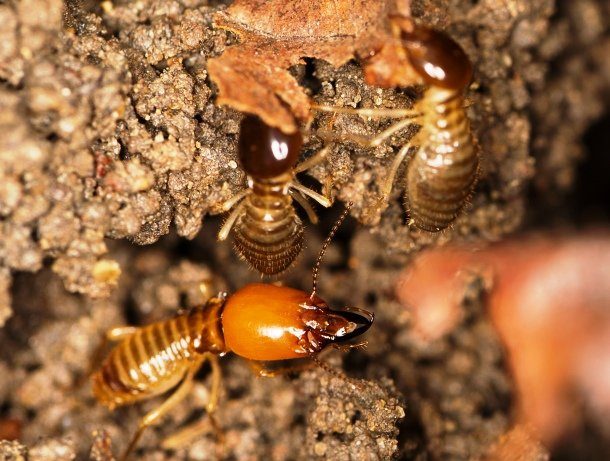 Source: inaturalist.org
Source: inaturalist.org Native to Africa and Southeastern Asia, Macrotermes Bellicosus is the largest termite known, with queens measuring about 11 cm (4.2 in) long. Workers are about 3.6 mm (0.14 in) long, and soldiers are slightly larger. The “hunting and gathering” activities of this termite species peak during the rainy season.
Hercules Beetle
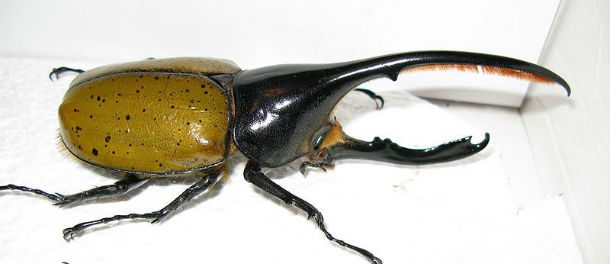 Source: a-z-animals.com
Source: a-z-animals.com The Hercules Beetle is one of the largest species of beetle in the world and is natively found in the jungles of South America. The Hercules Beetle is the largest and most well known of all of the rhinoceros beetles, a group of large beetles that are closely related to the famous scarab beetle. Some males can reach up to 17.5 cm (6.9 in) in length (including the horn).
White Witch
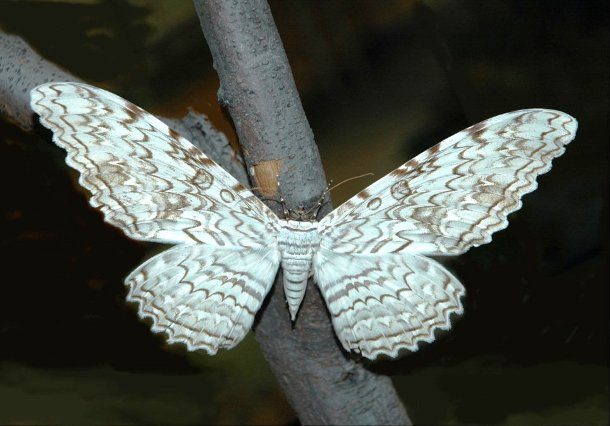 Source: eol.org
Source: eol.org Known by several other names including the birdwing moth and the ghost moth, the White Witch is a large moth that has some of biggest wingspans in the insect world at almost 30 cm (12 in). The species occurs in Mexico, Central and South America, and appears as a stray as far north as Texas, USA.
Stag Beetle
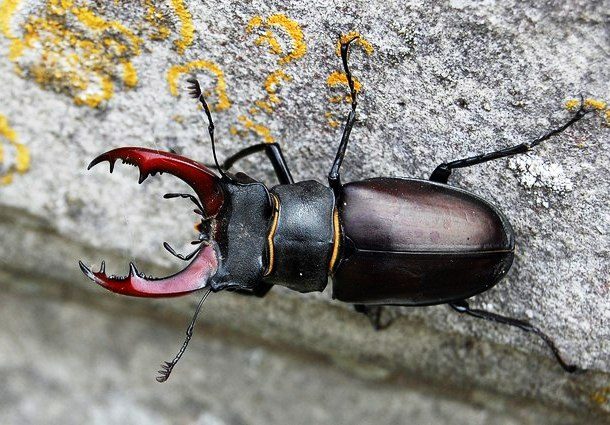 Source: insectidentification.org
Source: insectidentification.org The Stag Beetle is noted for its large size (up to over 12 cm or 4.7 in), dangerous appearance and imposing, pincer-like mandibles. However, this massive bug feeds on sap and only uses the mandibles for courting or in fights over females; it is usually harmless to humans.
Giant Helicopter Damselfly
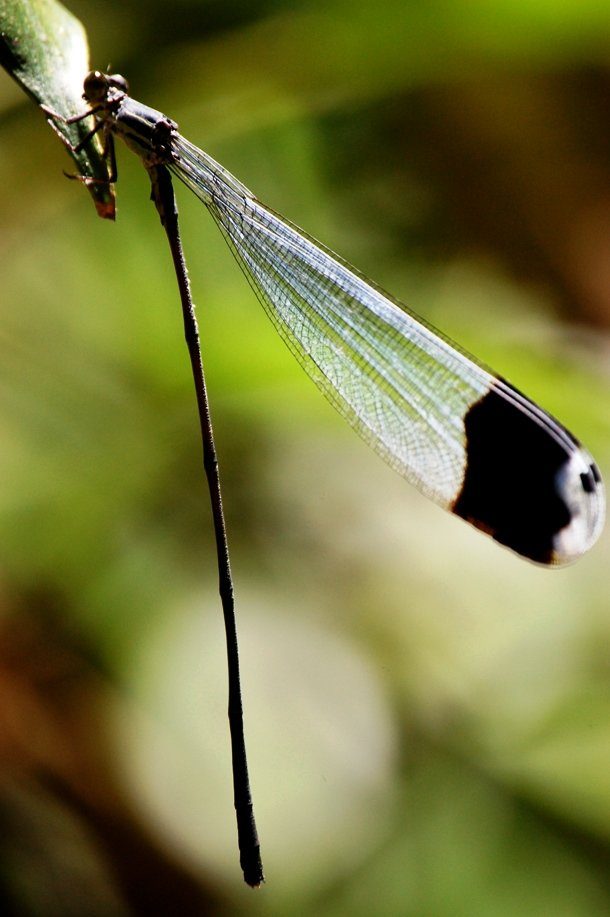 Source: eol.org
Source: eol.org Scientifically known as Megaloprepus Caerulatus, the Giant Helicopter Damselfly is a large damselfly with a heavy metallic-blue band across each wing and a large whitish area before and after the dark band. Found in rainforests in Central and South America, it has the greatest wingspan of any living damselfly or dragonfly – up to 19 cm (7.5 in).
Praying Mantis
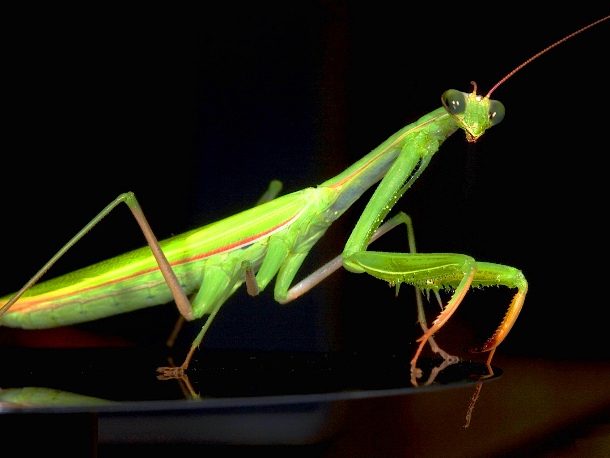 Source: ourplnt.com
Source: ourplnt.com An insect at the top of its food chain, the praying mantis feeds mainly on other insects; however, they have also been reported to consume small reptiles and even small mammals and birds. A specimen found in Southern China in 1929 measured staggering 18 cm (7.1 in) in length.
Phryganistria Chinensis Zhao
 Source: phys.org
Source: phys.org In 2014, a stick insect measuring incredible 62.4 cm (24.6 in) was found in the southern province of Guangxi, China by scientist Zhao Li. Currently considered the longest insect in the world, the creature was named after its discoverer who had been on the hunt for the bug for 6 years before he finally captured one.
Holorusia Brobdignagius
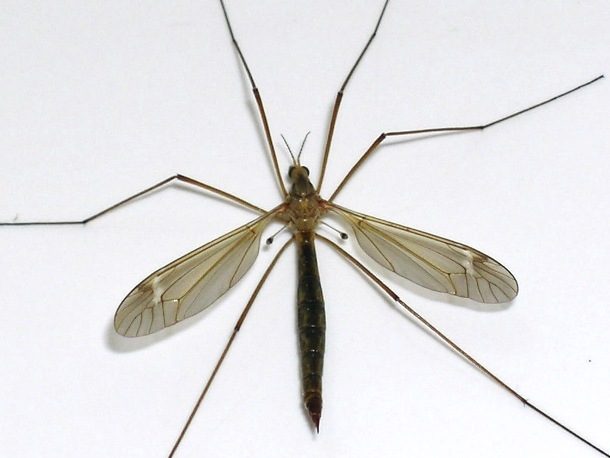 Source: bbc.co.uk
Source: bbc.co.uk A species of the crane fly (also known as the daddy longleg), Holorusia Brobdignagius can reach an overall length of 23 cm (9.1 in) if the legs are extended in front of and behind the body. This respectable size makes this Chinese crane fly the longest true fly in the world.
Lists Going Viral Right Now
25. Ghedoghedo, Meganeura fossil 1, CC BY-SA 3.0, 24. Dinobass, Wetapunga, CC BY-SA 4.0, 23. Bernard DUPONT from FRANCE, Titan beetle (Titanus giganteus) found by Jean NICOLAS (10331669783), CC BY-SA 2.0, 22. Rosa Pineda, Australian Walking Stick, CC BY-SA 3.0, 21. Quartl, Attacus atlas qtl1, CC BY-SA 3.0, 20. Mark Pellegrini (Raul654), MP – Macropanesthia rhinoceros 1, CC BY-SA 2.5, 19. sdbeazley via flickr, CC BY 2.0, 18. P.E. Bragg, Phobaeticus chani Bragg, 2008; Paratype Male, CC BY 3.0, 17. Robert Nash <robert.nash at magni.org.uk>, Ornithoptera alexandrae nash, CC BY 2.5, 16. Frank Vassen from Brussels, Belgium, Giant water bug (Belostomatidae), Vohimana reserve, Madagascar (13569458513), CC BY 2.0, 15. JohnSka, Chalcosoma atlas m, CC BY-SA 3.0, 14. https://commons.wikimedia.org (public domain), 13. w:en:user:fir0002, Goliath beetle, CC BY-SA 3.0, 12. Hectonichus, Cerambycidae – Macrodontia cervicornis, CC BY-SA 3.0, 11. https://commons.wikimedia.org (public domain), 10. Didier Descouens, Megascolia procer MHNT dos, CC BY-SA 4.0, 9. Biologoandre, Mydas sp., CC BY-SA 4.0, 8. ETF89, Macrotermes bellicosus minor soldier, CC BY-SA 4.0, 7. Anaxibia, Dynastes hercules.lichyi (male)2, CC BY-SA 3.0, 6. Acrocynus, Thysania agrippina 0001b L.D, CC BY-SA 3.0, 5. Trevor Harris via geograph.org.uk, CC BY-SA 2.0, 4. Steven G. Johnson, Megaloprepus, CC BY-SA 3.0, 3. Oliver Koemmerling, Praying Mantis Male European-42, CC BY-SA 3.0, 2. Joachim Bresseel and Jérôme Constant, Phryganistria tamdaoensis male, CC BY-SA 3.0 (not actual specimen), 1. https://commons.wikimedia.org (public domain) (not the actual species)



























